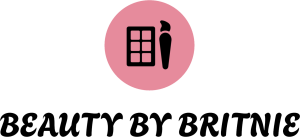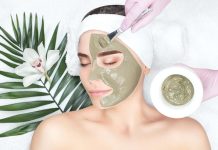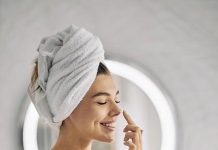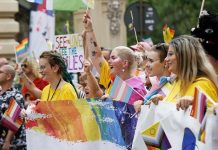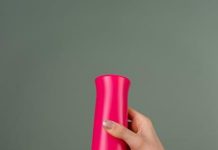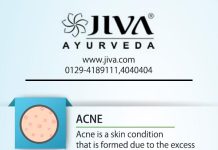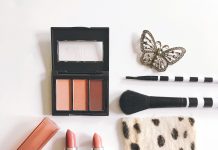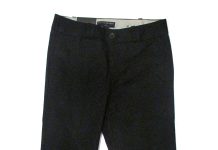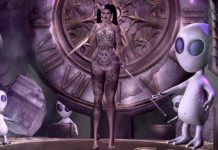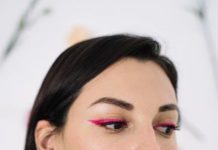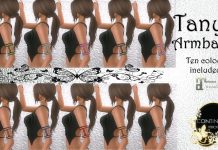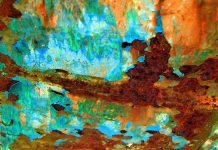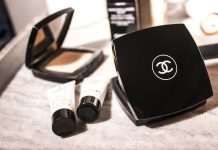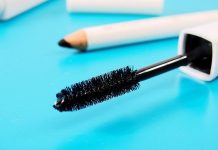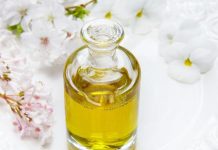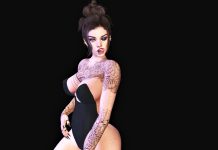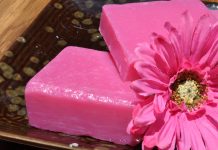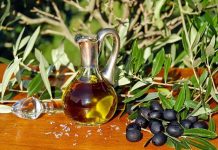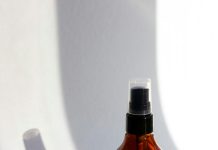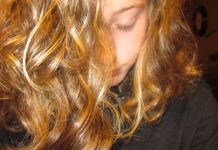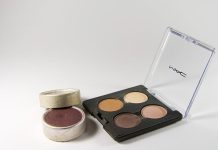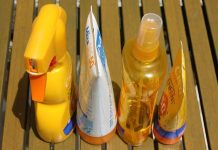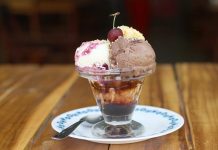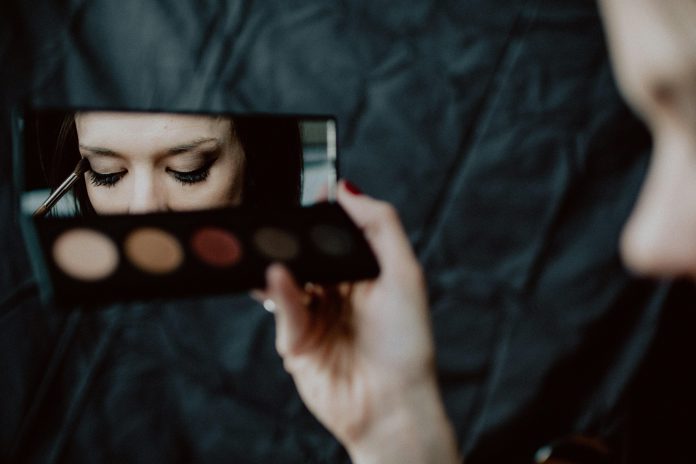In the vibrant world of social media, where a swipe or tap reveals a kaleidoscope of beauty transformations, makeup tutorials reign supreme. These digital masterclasses promise the secrets to a flawless complexion, sculpted cheekbones, and eyes that captivate. Yet, beneath the allure and artistry, a question lingers: are these tutorials merely guiding us in the art of makeup, or are they subtly shaping and perhaps distorting our perceptions of beauty? As we delve into this modern phenomenon, we explore whether these online guides are empowering expressions of individuality or if they are setting a bar that feels just out of reach.
The Allure and Illusion of Flawless Faces
In the realm of beauty, the pursuit of perfection often takes center stage. Makeup tutorials, with their seamless transformations, have become a captivating spectacle. These videos often showcase techniques to achieve what appears to be flawless skin, perfectly contoured cheekbones, and immaculate brows. However, beneath the layers of foundation and highlighter lies an intricate dance between reality and illusion.
The allure of these tutorials is undeniable, yet they often mask the natural texture and diversity of human skin. Consider the following aspects:
- Lighting and Filters: Strategic lighting and digital enhancements can create a deceptive image of perfection.
- Editing Techniques: Skillful editing can erase blemishes, further perpetuating the myth of flawlessness.
- Product Accessibility: High-end products used in tutorials are often out of reach for many, creating a divide between aspiration and reality.
This portrayal of beauty, while mesmerizing, can subtly influence perceptions, encouraging an endless chase for an ideal that may not truly exist.
Decoding the Digital Beauty Aesthetic
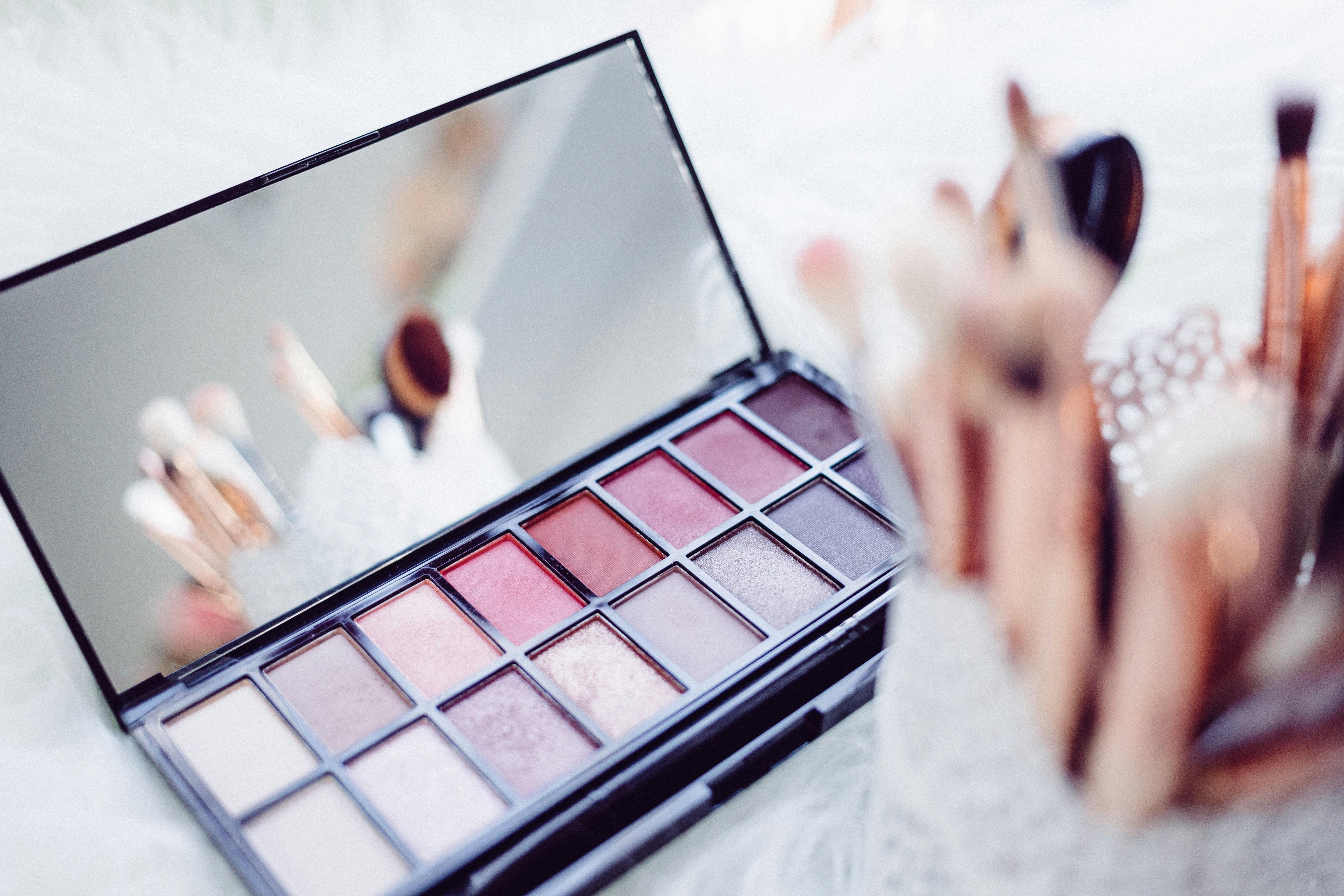
In the realm of digital beauty, where filters and flawless skin reign supreme, the concept of beauty is often redefined. The rise of makeup tutorials has given birth to a new aesthetic, one that blends artistry with technology. This digital beauty landscape offers a canvas where makeup enthusiasts can explore and experiment, but it also raises questions about the authenticity of the beauty standards being portrayed.
With the help of sophisticated editing tools and virtual enhancements, these tutorials often showcase looks that are difficult to achieve in real life. The influence of this aesthetic can be seen in various aspects of the beauty community:
- Perfect Skin: Tutorials often present a flawless complexion, setting a high bar for skincare routines.
- Immaculate Techniques: Precision in application, aided by editing, can lead to unrealistic expectations for viewers.
- Filter Effects: The use of filters blurs the line between reality and fantasy, making it challenging to distinguish authentic results.
As we navigate this digital beauty terrain, it’s essential to recognize the artistry while remaining mindful of the impact on self-image and confidence. The conversation around these standards continues to evolve, prompting both creators and viewers to reflect on the balance between inspiration and reality.
The Psychological Impact of Perfection on Screen
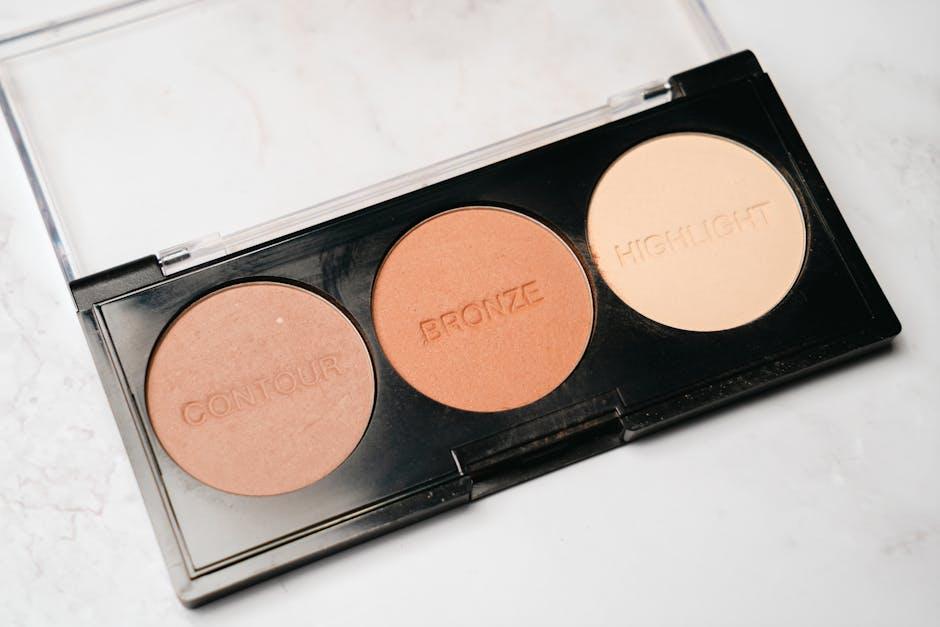
In a world where social media platforms are flooded with flawless faces, the allure of perfection becomes an overwhelming standard. Makeup tutorials, often showcasing impossibly smooth skin and perfectly contoured features, can subtly implant the notion that beauty equates to flawlessness. This digital perfection creates a psychological impact that resonates deeply, especially among young viewers. The pressure to emulate these looks can lead to feelings of inadequacy and low self-esteem when reality falls short of the digital ideal.
Several factors contribute to this phenomenon:
- Filters and Editing: The widespread use of filters and editing tools can distort reality, making it difficult to distinguish genuine beauty from digital enhancements.
- Comparison Culture: Constant exposure to curated images encourages viewers to compare themselves unfavorably, fostering dissatisfaction with their natural appearance.
- Unattainable Standards: The portrayal of a singular beauty ideal marginalizes diversity and perpetuates a narrow definition of attractiveness.
While makeup tutorials can inspire creativity and self-expression, they also risk promoting an unattainable version of beauty that can have lasting psychological effects.
Empowering Authenticity: Redefining Beauty Narratives
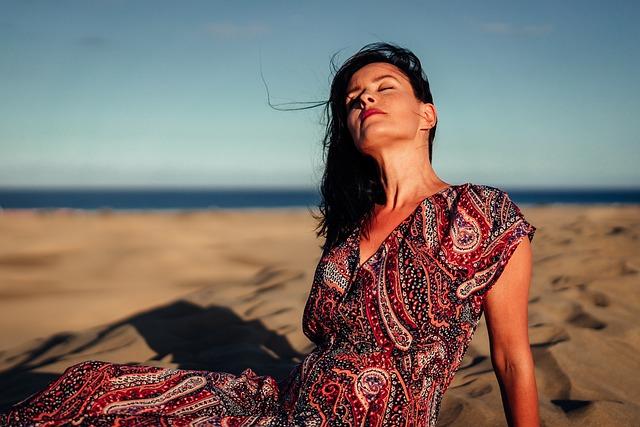
In the digital age, makeup tutorials have become a ubiquitous presence, offering step-by-step guides to achieve flawless looks. Yet, these tutorials often perpetuate unrealistic beauty standards that can overshadow personal expression. The focus tends to shift from enhancing one’s unique features to conforming to a homogenized ideal. This narrative subtly suggests that beauty is a fixed standard rather than a diverse spectrum.
To foster a more inclusive beauty culture, creators can emphasize authenticity by celebrating individual differences. Here are some ways to redefine these narratives:
- Highlight diverse skin tones, face shapes, and features in tutorials.
- Encourage followers to embrace their natural beauty and imperfections.
- Promote products that cater to a wide range of skin types and tones.
By shifting the focus from perfection to personal empowerment, makeup tutorials can inspire confidence and self-acceptance, redefining what it means to be beautiful.
